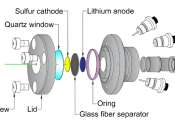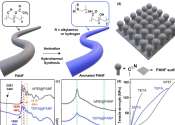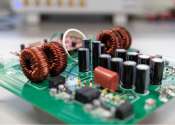Storing and utilizing energy with innovative sulfur-based cathodes
Electric vehicles and portable electronic devices such as laptops and mobile phones are unthinkable without lithium-ion batteries. The problem is highly toxic materials such as cobalt are often used for the cathodes of these ...
3 hours ago
0
32









